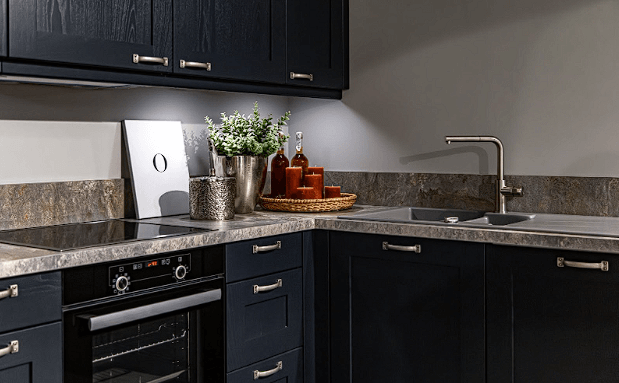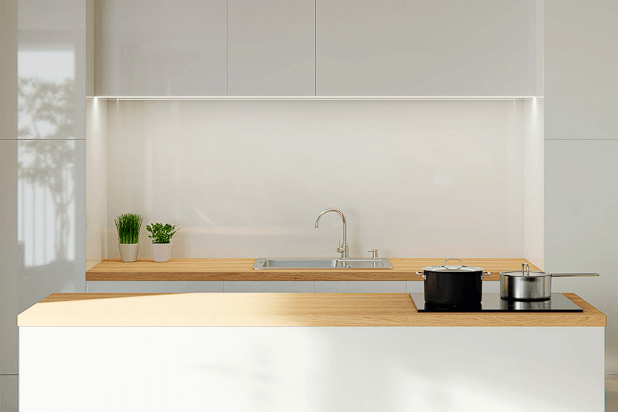The Benefits of Having a Kitchen Countertop
Increases Your Kitchen’s Utility
Increases the Value of Your Property
As a result of those qualities, it naturally makes your kitchen more valuable, and this is a value that only increases as time goes on. Even if you’re going with a minor kitchen remodel, according to national data, you’ll still get an average return on investment of 85.7%.

Completes the Aesthetic of Your Kitchen
This is why it’s so important to look at the whole when designing your home rather than the particulars. At the end of the day, kitchen trends come and go, but a unified aesthetic remains charming for decades on end.
Common Countertop Materials
Granite Countertops

Marble Countertops
Laminate Countertops
Stainless Steel Countertops
Glass Countertops
Things to Consider When Conceptualizing Your Kitchen Countertop
Countertop Dimensions
Countertop Arrangement
Outlet Placement
Backsplash
How Much Maintenance You’re Willing to Do
Your Budget
Choosing the Right Kitchen Countertop
During this period of 10 years, we’ve garnered over 250+ 5-star reviews and remodeled over 500 kitchens. If you’re in the Cleveland area and need a masterwork kitchen countertop installed, give us a call, and let’s transform your kitchen into an aesthetically pleasing and comfortable space!





